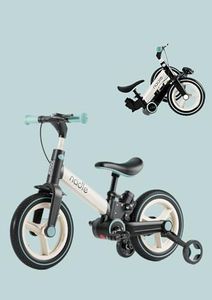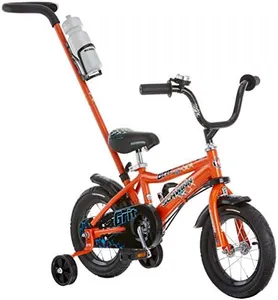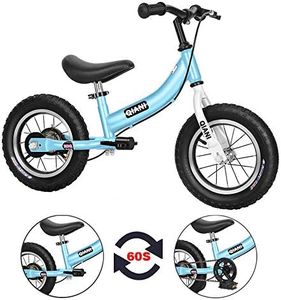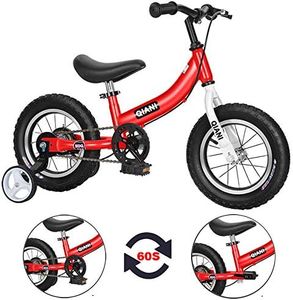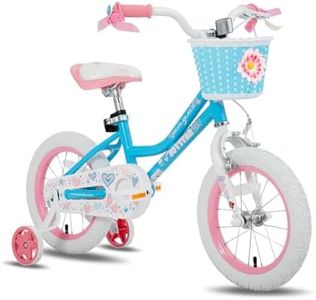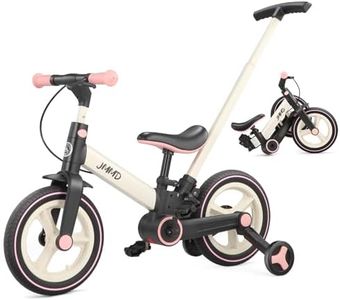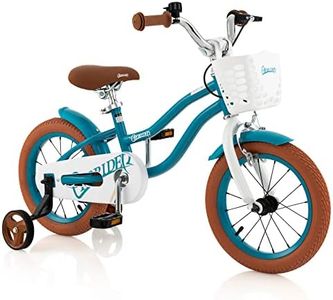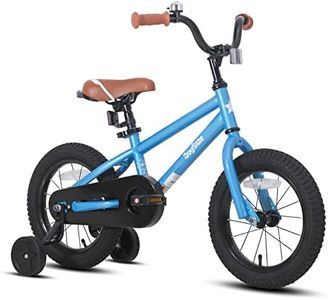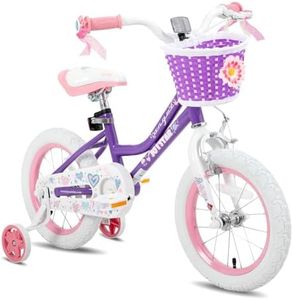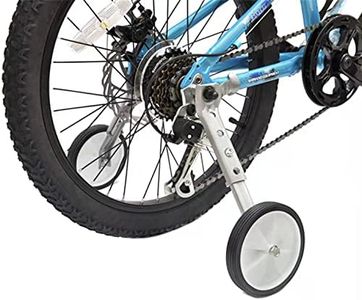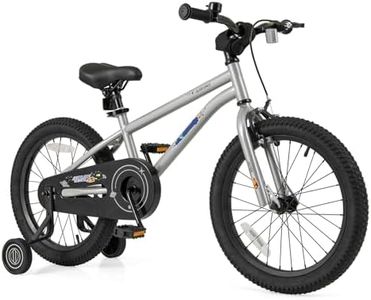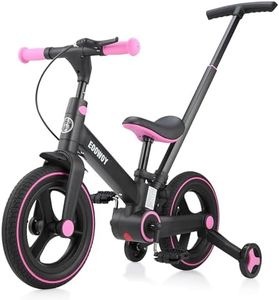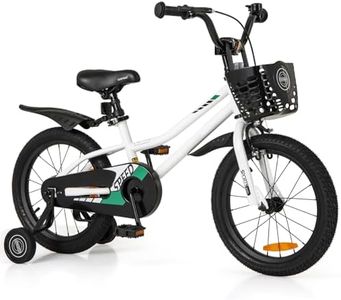We Use CookiesWe use cookies to enhance the security, performance,
functionality and for analytical and promotional activities. By continuing to browse this site you
are agreeing to our privacy policy
10 Best Bike With Training Wheels
From leading brands and best sellers available on the web.By clicking on a link to a third party's website, log data is shared with that third party.
Buying Guide for the Best Bike With Training Wheels
Choosing a bike with training wheels is an exciting step for many young riders. The goal is to find a bike that is safe, comfortable, and well-suited to your child's size and abilities. When picking a bike with training wheels, look for a model that your child can handle confidently, has reliable safety features, and allows for an enjoyable learning experience. Thinking about where the bike will be used (sidewalks, parks, or uneven paths) is also helpful to narrow down your choices.Wheel SizeWheel size refers to the diameter of the bike's wheels and is typically measured in inches. This is important because it helps match the bike to the child’s height and age. Smaller wheels (like 12 or 14 inches) suit younger children or beginners, making the bike easier to get on and control, while larger wheels (16 or 18 inches) offer smoother rides for slightly older or taller kids. Always choose a size where your child can sit on the seat with their feet flat on the ground for stability.
Frame MaterialThe frame material is what the main structure of the bike is made from, and this affects both weight and durability. Common materials include steel, which is strong and sturdy but heavier, and aluminum, which is lighter and easier for small kids to handle but can be more expensive. Lighter bikes are easier for children to ride and manage, but strength and durability are important as well, especially if the bike gets a lot of use.
Training Wheels AdjustabilityThe adjustability of training wheels means how easily they can be raised, lowered, or removed. This is key because as your child improves their balance and confidence, you may want to gradually raise the training wheels or take them off completely. If you want a bike that grows with your child, look for sturdy, easy-to-adjust, or removable training wheels to support their learning process.
BrakesBrakes are how the bike stops, and bikes can come with either coaster brakes (pedal backwards to stop), hand brakes, or both. Coaster brakes are simple for small children who may not have strong hand muscles yet, while hand brakes can help a child learn skills for future biking. Consider your child’s motor skills and choose a brake type they can easily use with confidence.
Seat Height AdjustabilitySeat height adjustability tells you how much you can raise or lower the saddle. A good range is beneficial because it ensures the bike will fit your child as they grow, extending the life of the bike. Make sure the seat can be easily adjusted, ideally without extra tools, to keep up with your child’s changing height and comfort needs.
Weight of BikeThe weight of the bike matters because lighter bikes are easier for kids to start, stop, and maneuver, especially beginners. Heavy bikes can be difficult for small children to control or pick up if they fall. Try to find a bike that your child can lift from the ground with some effort but without strain, as this usually means they’ll be able to ride it comfortably.
Chain GuardA chain guard covers the bike chain to prevent pant legs or shoelaces from getting caught and helps keep little fingers safe. It’s an important safety feature for younger riders who may touch parts of the bike during use. Choose a bike with a fully enclosed chain guard to minimize accidents and maintenance needs.
